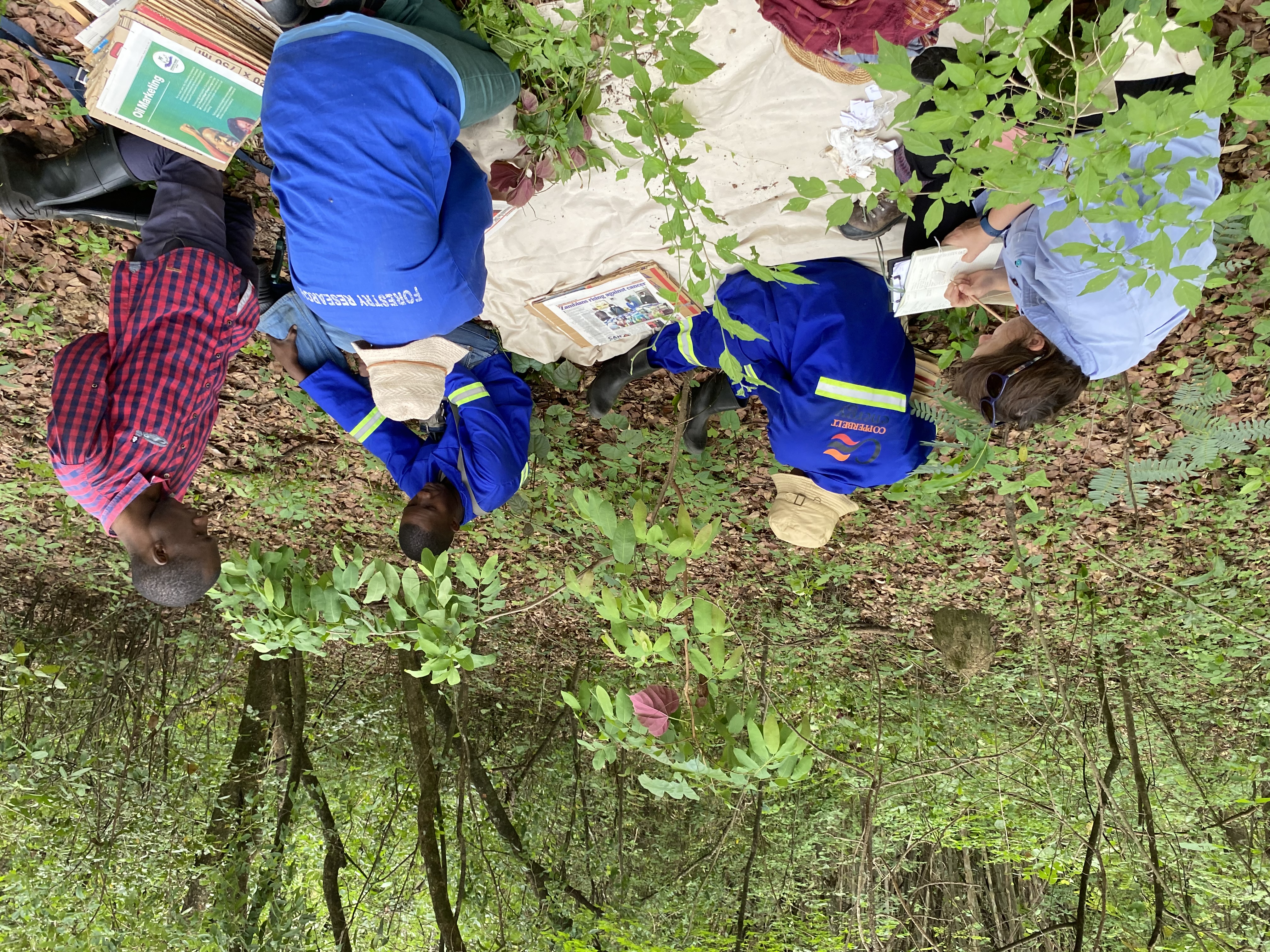Miombo woodlands are ecosystems with variable tree cover and a high diversity of compositions across their mosaicked distribution in the wetter Zambezi region (Ribeiro et al., 2020). Interactions between Miombo tree cover and its primary environmental determinants of rainfall and fire are well studied (e.g. Sankaran et al., 2008). In this region, fire generally maintains an open canopy such that a species-rich ground layer of light-loving herbaceous plants (including grasses, sedges and forbs) is supported (Bond et al., 2005). However, we lack detailed understanding of how environmental drivers shape Miombo ground layer diversity and function.

At the Mwekera Forest Reserve in northern Zambia, there is an experimental burn site that provides a rare opportunity to study the long-term effects of fire on Miombo plant diversity. Since the 1960s, three 40 m x 40 m areas of vegetation have been managed under different prescribed fire regimes, therefore also representing varying tree covers: 1) late dry season fire (October) with low tree cover, 2) early dry season fire (May) with medium tree cover, and 3) unburned with high tree cover.

At each of the three sites in December 2022, researchers from the University of Edinburgh, the University of Lubumbashi and the Kitwe herbarium used the Global Grassy Group protocol to investigate species composition of all herbaceous plants in the ground layer. Along two intersecting transects of 50 m, we sampled 21 circular plots of 1 m in diameter. For each plot, we observed ecological characteristics including the soil type, the presence of ash, the proportions of plant/litter/bare ground cover, and the occurrence of plant functional groups such as tussock forming grasses, sedges, forbs, legumes, spiny plants and succulents. The taxonomic diversity and species composition were recorded by listing all of the species rooted within the plot, for which vouchered specimens were collected to verify identifications.

Outside of the experiment, we also established two new semi-permanent sites in un-managed vegetation. The first is Miombo with 100% tree cover, which has ‘naturally’ burnt within the last year. The second is on a dambo (a seasonally flooded headwater wetland) with a 10% tree cover upon which vegetation is likely to be controlled by interacting factors of fire and waterlogging. Initial results show that the dambo has half the species richness of the miombo (respectively, 28 and 49 species) but a separate composition made up of mostly grasses and sedges rather than forbs.
